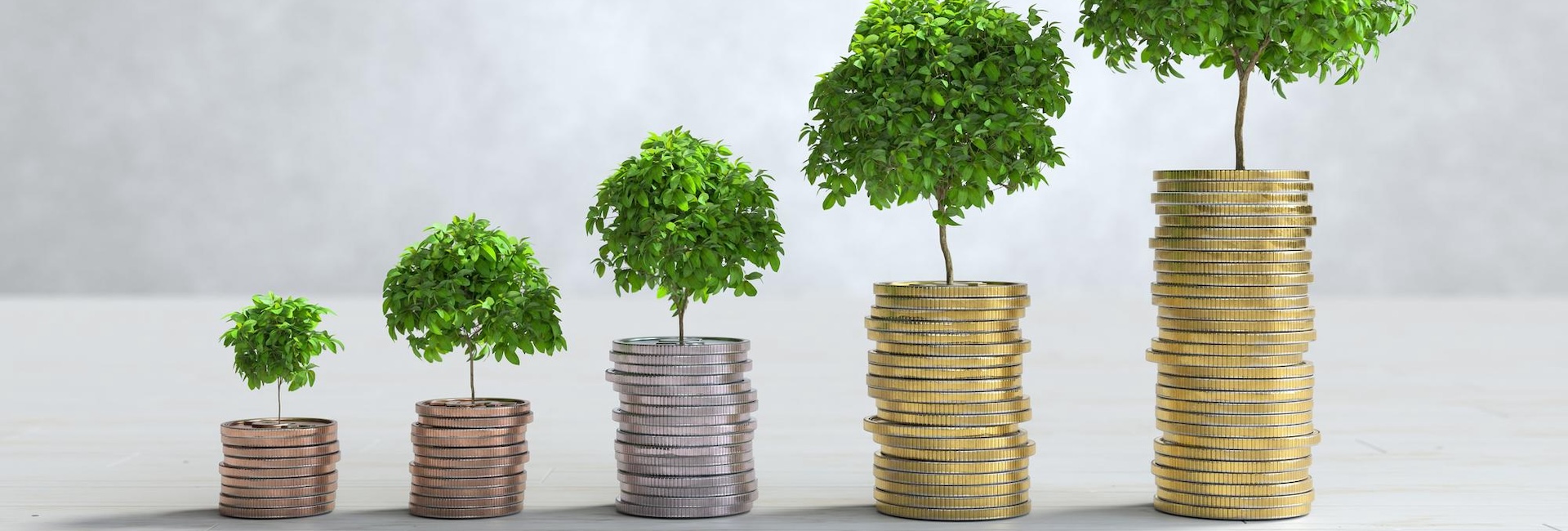
Invest in Future Insurance

Pay Yourself First!
Research has proved , if you wait until you’ve met all your other financial responsibilities before watching what’s left over for saving, chances are that you’ll never have a Healthy savings Account or Investments.
Resolve to set aside a minimum of 5% to 10% of your earnings for savings before you start paying your bills.
It is recommended to get it automatically deducted from your paycheck and deposit into a separate investment account.
RRSP vs. TFSA - The Basics
Taxes
RRSP Contributions are Tax confirmable (which means you get a tax refund), but you pay tax when you WITHDRAW from the RRSP. TFSA Contributions are not tax certain but withdrawls are tax-free.
Contribution limits
-
RRSPs: 18 Percent of your previous year's income but not more than $ 24,270 in 2014 (Less any money paid regularly after retirement adjustment).
-
TFSAs: $ 5,500 in 2014. If you haven't put money in TFSA since they were introduced in 2009, your Cumulative limit is now $ 66,000.
-
Age limits: You can’t make contributions to RRSPs after the year in which you turn 71 whereas there is No age limits for TFSAs.
Which is right for you: RRSP or TFSA?
Overall, those earning a low income (under $66,000 or so) should favor the TFSA, while high-income earners are likely to be better off with an RRSP. For those gain a moderate income, however, it’s a coin flip.
When TFSAs are better ?
There are a few circumstances when it makes sense to avoid RRSPs.
You earn a low income.
If you earn less than $35,000 every year, you should give up RRSPs completely, says pension expert Malcolm Hamilton. In retirement, withdrawals from RRSPs and RRIFs can lead to clawback of Old Age Security and other Government programs like the Guaranteed Income Supplement. "The lower your income, the more likely you'll be a receiver of these Government income-tested benefits in retirement. You don't want to mess with that, says Hamilton”.
You expect to be in a higher tax bracket after retirement.
If you expect to earn a generous pension, the combined income from your money paid regularly after retirement and your RRSP or RRIF withdrawals in retirement could drive you into a higher tax bracket than when you were working.
REGISTERED EDUCATION SAVINGS PLAN (RESP)
One of the best ways to save for a child’s post high school Education is through a Registered Education Savings Plan (RESP). Whether you want to save for your own children, your grand children, a niece, nephew, or family friend, a RRSP offers flexibility, tax-delayed investment growth and direct Government assistance to help you save for a child’s Education.
-
Interest income and investment growth gained within an RESP are not taxed as long as the money remain in the plan.
-
The Canada Education Savings charity (CESG) matches 20% on the first $2,500 gave every year to no more than $500 a year ($7,200 overall) for a kid under the age of 18, plus possible catch-up grants.
-
Rewards are also available for qualifying families through the Alberta Centennial Education Savings (ACES) Plan and the Quebec Education Saving Incentive (QESI). Some children also deserve are eligible for a $500 Canada Learning Bond (CLB) with an extra $100 a year up until the age of 15.
